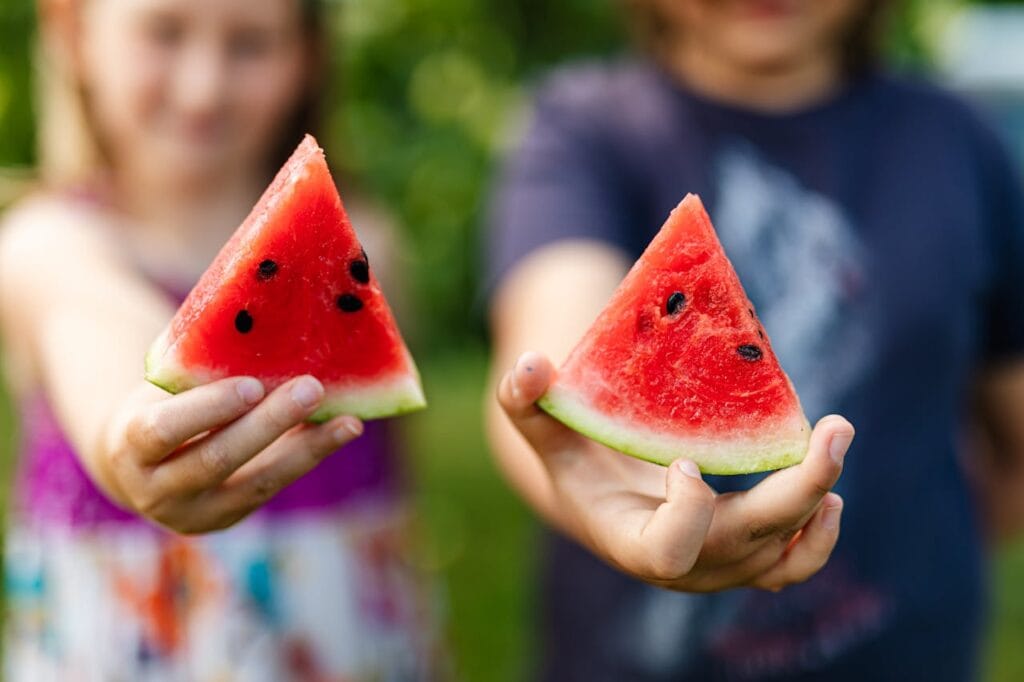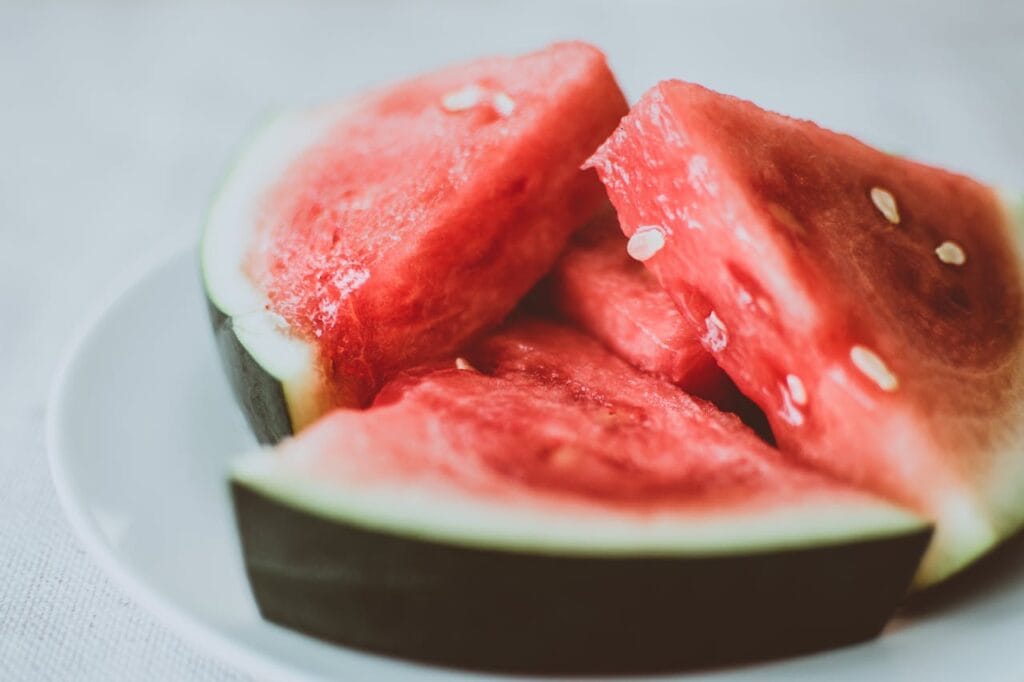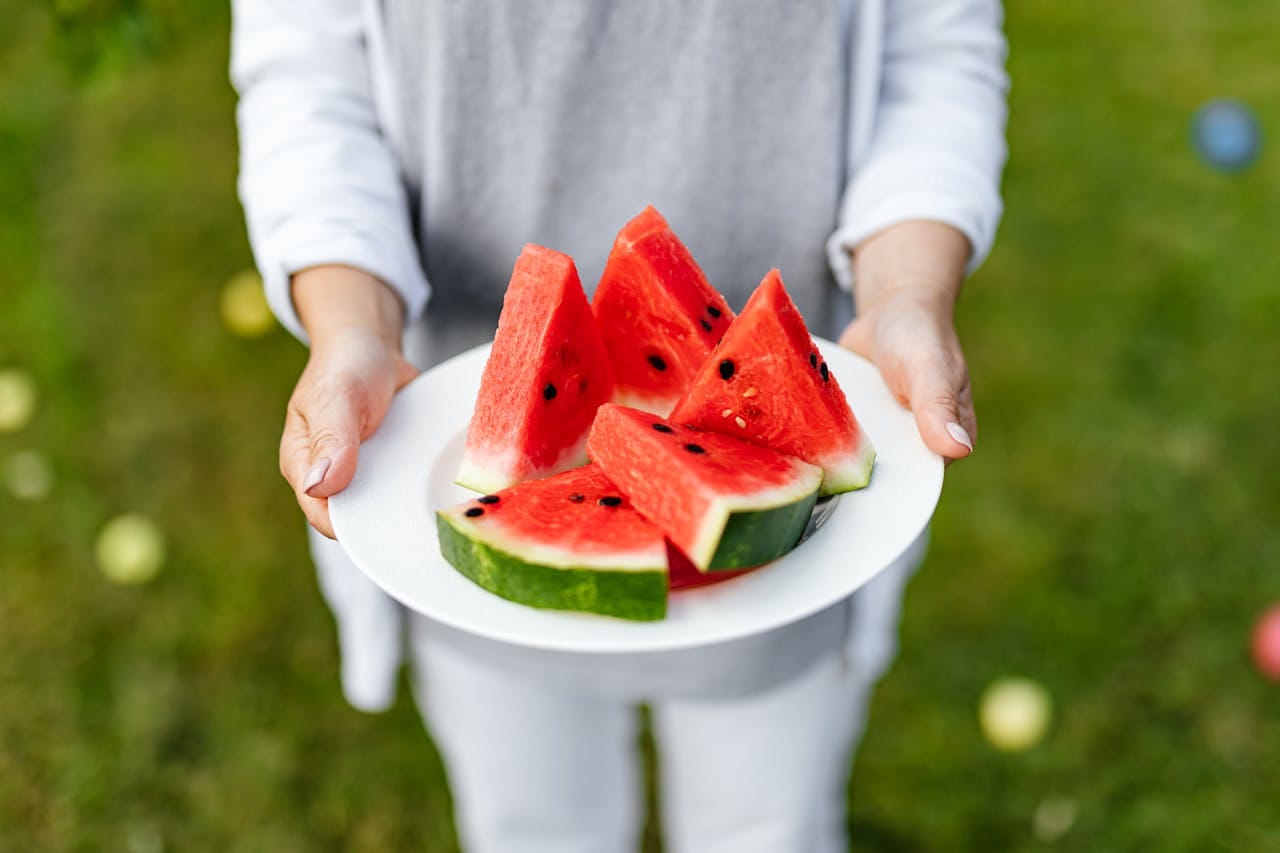There is an opinion that watermelons may contain harmful nitrates, so you need to choose these fruits with great care. We decided to check whether this fear is justified.
Every year at the beginning of the watermelon season, the Internet erupts disputes about how safe it is to eat this berry. The greatest concerns are accumulating watermelons contain nitrates, which are said to cause poisoning bring to oxygen starvation and even death. According to Internet users, berries with a high content of these substances are especially dangerous for nursing mothers and children up to one year old. You can find it on the Internet recommendations, how to independently test watermelons for nitrate content using a special tester.
Nitrates are chemical compounds containing a singly charged NO3 ion. They are also found in the environment - soil, water, air. This is the main source of nitrogen needed by plants for growth and maturation, therefore nitrates are used in agriculture as fertilizers, which can significantly increase productivity. At the same time, in leaders In terms of nitrate content, it is not watermelons at all, but spinach, broccoli, lettuce and carrots. Also these connections are often add as preservatives in sausages, frankfurters and other meat products.
Rospotrebnadzor assertsthat consuming 300–320 mg of nitrates per day is absolutely safe. By standards According to the Eurasian Customs Union, the permissible limit for the content of nitrates in watermelons is up to 60 mg/kg of product weight. Based on these data, you can eat up to 5 kg of watermelon without harm to your health, if you exclude all other sources of nitrates and if the particular fruit meets sanitary requirements. Slightly stricter guidelines gives The European Food Safety Authority (EFSA) - according to its experts, no significant health effects will occur with a daily intake of 3.7 mg of nitrates per 1 kg of weight (about 220 mg for a person weighing 60 kg).

Nitrates themselves are not as dangerous as those formed from them after entering the human body nitrites. These substances can convert hemoglobin, which binds oxygen and transports it through the circulatory system to tissues, into methemoglobin, which is not capable of this. That is why excess nitrites in the body can lead to oxygen starvation. In addition, they can be converted into a carcinogen nitrosamine. True, in watermelons (as in many other plant sources of nitrates) contained vitamin C, which stops or slows down the formation of nitrosamines. However, another derivative of nitrites is nitric oxide - just useful for maintaining the health of the cardiovascular system. Therefore, it is probably not worth trying to completely avoid nitrates in food.
Plants not only absorb nitrates from soil and fertilizers, but also use them for ripening - at approximately the same speed at which the root system of plants absorbs these substances, they are converted into plant protein. Therefore by the time maturity There is no longer an excess of nitrates in watermelons - they are “digested” by the plant. But if the crop was harvested before full ripening, the fruits may indeed contain nitrates - however, mainly in the peel, which is usually not eaten. Experts say the chance of detecting excessive nitrate levels in the pulp is low. The likelihood of nitrate accumulation in fruits increases if the plants grew in unfavorable conditions, such as drought or lack of sunlight. However, this danger is noticeably lower when it comes to large agricultural enterprises, because the producer is interested in creating the most comfortable conditions for obtaining a bountiful harvest.

The ripeness of a watermelon, the season of which begins in Europe towards the end of summer, can be determined by its external signs. The rind should be hard and shiny, bright in color with contrasting stripes and a yellow or even light orange spot on the side where the fruit lay on the ground. The tendril and stem of a ripe watermelon should be dry. When struck with the palm of the hand, such a fruit vibrates; when clicked with a bent finger, it produces a moderately ringing sound. The flesh of the watermelon should be red, and the seeds should be black or brown. But you cannot independently verify that the watermelon grew in favorable conditions. How asserts Rospotrebnadzor, you can only get reliable information about the level of nitrates in the fruit in a specialized laboratory, and you shouldn’t trust “amateur” nitrate meters. At the same time, “Verified” was unable to find in world medical practice proven cases of regular and/or mass poisoning of people with nitrates contained in watermelons.
However, it is really not difficult to develop health problems (for example, intestinal upset) because of watermelon, but not due to the presence of nitrates, but because of pathogenic bacteria that get on the rind of the fruit during its cultivation, transportation or storage. For this reason, it is necessary to wash the watermelon thoroughly before cutting, and also avoid purchasing fruits that have already been cut.
Not worth it You can also buy watermelons at stalls along busy highways. Firstly, they most likely do not undergo any quality control, which means that you may encounter something worse than nitrates - for example, high levels of radiation or traces of fertilizers that are unsafe for humans. And secondly, watermelons can absorb heavy metals from the exhaust gases of passing cars, which is also not very good for health.
Thus, the likelihood of poisoning from nitrates contained in watermelons (provided that the fruits are purchased in season in large stores or at certified points of sale) is quite low. Firstly, by the time the fruits ripen, the plants have time to process most of the nitrates, and secondly, regulatory authorities check watermelons for the presence of hazardous substances. “Verified” was unable to find evidence that a significant number of people have ever been poisoned due to nitrates in watermelons, so this danger is probably significantly exaggerated.
Cover photo: pexels.com
Read on the topic:
- WebMD. Foods High in Nitrates
- Rospotrebnadzor. Choosing watermelons and melons
- Is it true that foods labeled “organic” are healthier than conventional foods?
- Is it true that fruits and vegetables are safer to eat if they are peeled?
If you find a spelling or grammatical error, please let us know by highlighting the error text and clicking Ctrl+Enter.






